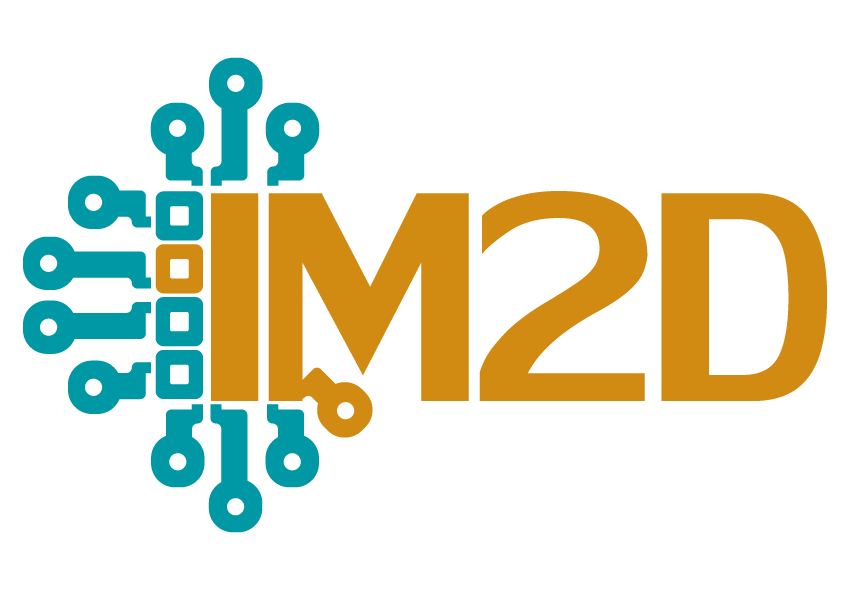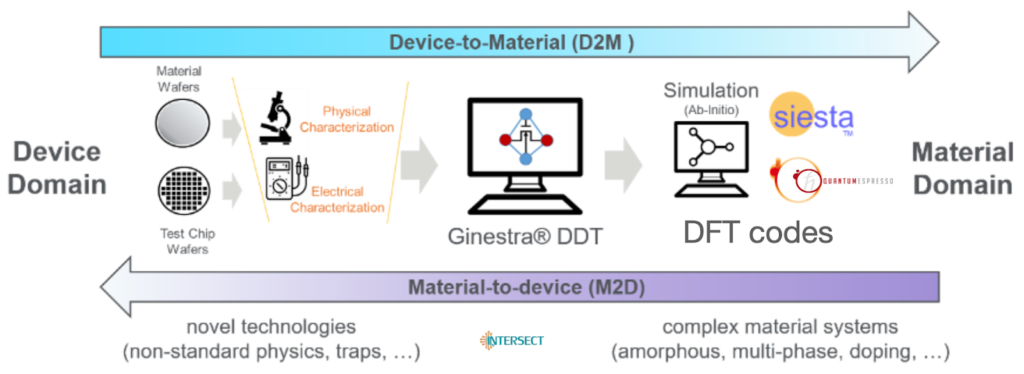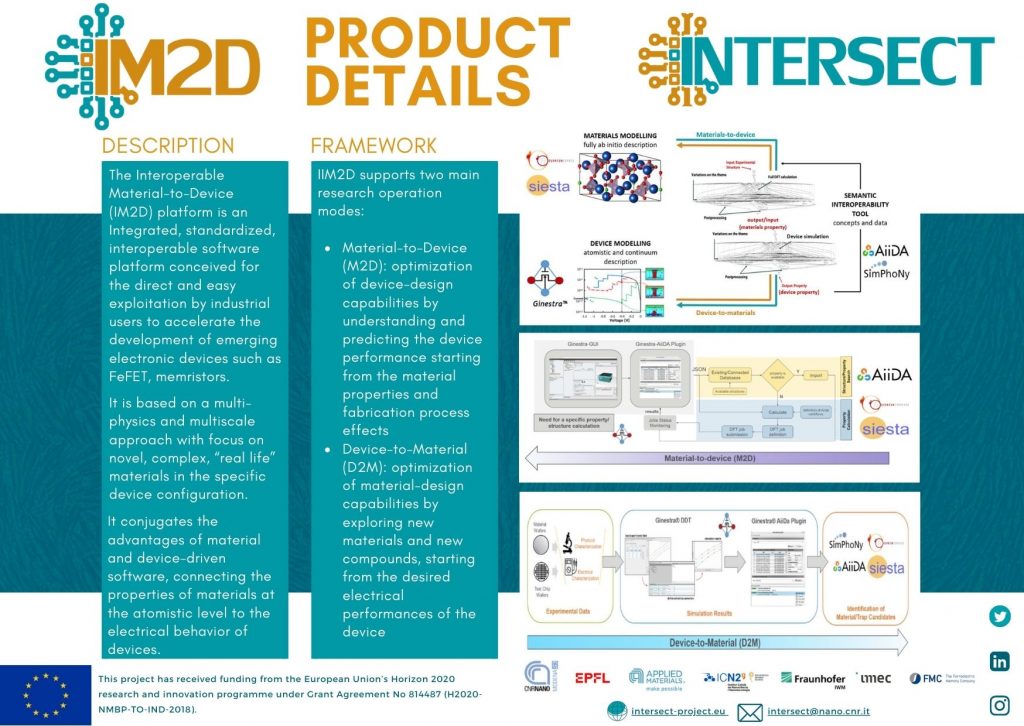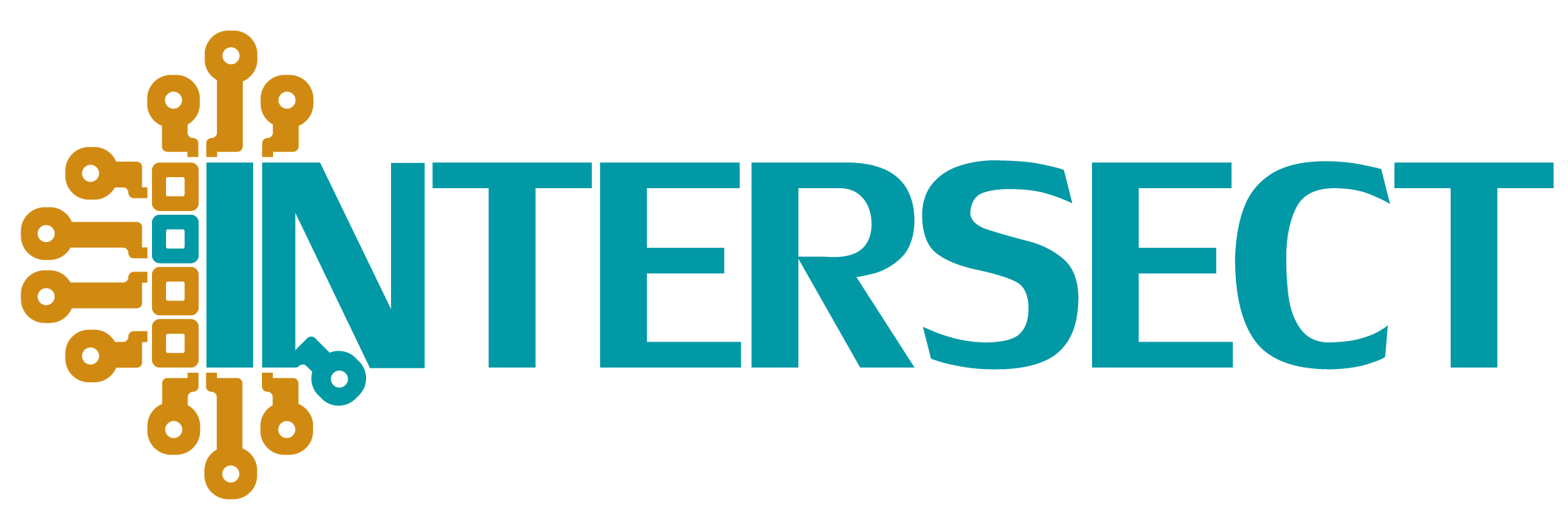ADVANCED SOLUTIONS FOR INDUSTRY-DRIVEN RESEARCH


IM2D – Interoperable Material-to-Device – is an integrated, standardized, interoperable software platform conceived for the direct and easy exploitation by industrial users to accelerate the development of emerging electronic devices such as FeFET, memristors (PCM, RRAM), and selectors.
IM2D is based on a multi-physics (DFT, MonteCarlo, electrodynamics) and multiscale approach with focus on novel, complex, “real life” materials in the specific device configuration. IM2D conjugates the advantages of material and device-driven software, connecting the properties of materials at the atomistic level to the electrical behavior of devices, with the aim to reduce the gap between materials and device realms and sustain the simulation-aided R&D processes of semiconductor industries and SMEs.

IM2D supports two main research pathways:
- M2D – Material-to-Device: optimization of device-design capabilities by understanding and predicting the device performance starting from the material properties and fabrication process effects
- D2M – Device-to-Material: optimization of material-design capabilities by exploring new materials and new compounds, starting from the desired electrical performances of the device.
IM2D integrates open-source materials modelling codes (Quantum ESPRESSO and SIESTA), with models and modelling software for emerging devices (GinestraTM) via the SimPhony infrastructure for semantic interoperability and ontologies, powered by the AiiDA workflow engine, and its data-on-demand capabilities and apps interface.

IM2D main features
- Materials properties on demand from quantum mechanical DFT calculations, e.g., atomistic structure, DOS, bandstructure, energy bandgap, effective masses, dielectric constant, vibrational spectra, defect formation energy, transition states, diffusion barriers
- Device Modelling: physics-based description of charge/ion transport and charge trapping; virtual lab for device characterization; reliability and variability analysis; optimization and design of devices
- Different pre-selected user’s levels for input preparation, calculation run and output analysis to match different user profiles and skills
- Automated workflows for multistep simulation and data curation
- Access to materials databases
- Easy friendly graphical interface and analysis tools
- Possibility to protect data on private firewall.
Business Model
IM2D has a hybrid business model, as it comprises open source and commercial business models. DFT engines (Quantum ESPRESSO and SIESTA) and SimPhoNy are open source codes, the AiiDA infrastructure is distributed with a MIT licence, while GinestraTM is an Applied Materials proprietary software that is commercialized with a time-based license: in order to to use some IM2D functionalities that require GinestraTM, an IM2D user should purchase a time-based license. The rest of IM2D is available for free.
IM2D will be officially released in summer 2022. A beta version is now available on request for early adopters. If interested contact us at intersect@nano.cnr.it.
If you want to know more about IM2D have a look to the IM2D webinar video (April 27, 2022): our experts introduce the IM2D platform main features through real application cases.
Discover other INTERSECT key exploitable results on our website


